Feng shui is an ancient Chinese practice that focuses on creating balance and harmony in our surroundings. Our homes, and specifically our kitchens, are important spaces where we spend a lot of time and energy. By incorporating feng shui principles into our kitchen design, we can create a space that not only looks beautiful but also promotes positive energy flow and well-being. When it comes to feng shui kitchen design, there are a few key elements to keep in mind. The placement of appliances, the use of natural materials, and the incorporation of the five elements are all important factors to consider. Here are 10 ideas to help you create a feng shui kitchen that will bring balance and harmony to your home.1. Feng Shui Kitchen Design Ideas for a Harmonious and Balanced Space
Before diving into specific design ideas, it's important to understand the basic principles of feng shui and how they can be applied to your kitchen. Feng shui is all about creating a balance between the five elements: wood, fire, earth, metal, and water. These elements correspond to different areas of our lives, and by incorporating them into our kitchen design, we can promote positive energy flow and create a harmonious space. Start by decluttering your kitchen and removing any unnecessary items. Clutter can block the flow of energy and disrupt the balance of the five elements. Next, consider the placement of your appliances and how they can promote a good flow of energy. Keep the stove and sink away from each other, as their elements (fire and water) can clash. Finally, focus on creating a space that is both functional and visually appealing, using the following design ideas.2. How to Incorporate Feng Shui Principles into Your Kitchen Design
Color plays a crucial role in feng shui, as each color is associated with a particular element. For a harmonious and balanced feng shui kitchen, it's important to incorporate a good balance of the five elements through color. The best colors for a feng shui kitchen are earthy tones such as beige, yellow, and brown, as well as greens and blues. These colors promote a sense of grounding and balance in the space. For a pop of color, you can incorporate elements of fire and metal through small accents like red or metallic kitchenware. However, be sure not to overdo it, as too much of these elements can create an imbalance in the space.3. The Best Colors for a Feng Shui Kitchen Design
The layout of your kitchen can greatly affect the flow of energy and the balance of the five elements. According to feng shui principles, the ideal layout for a kitchen is the "golden triangle" design, where the stove, sink, and refrigerator are placed in a triangular formation. This layout promotes easy movement and good energy flow between the three most important elements in a kitchen. If this layout is not possible in your space, try to avoid having the stove and sink directly facing each other. This can create a clash between the fire and water elements. Instead, consider placing a small table or island between the two to create a buffer.4. Feng Shui Kitchen Layouts for Optimal Energy Flow
Natural materials are an important aspect of feng shui and can help create a sense of balance and harmony in your kitchen. Consider incorporating elements such as wood, stone, and clay into your kitchen design. These materials not only add a touch of nature to your space but also provide a sense of grounding and stability. You can use natural materials in various ways, such as wooden cabinets, stone countertops, or clay pots for plants. Avoid using synthetic and artificial materials, as they can disrupt the flow of energy in the space.5. Using Natural Materials in Your Feng Shui Kitchen Design
As mentioned earlier, clutter is a big no-no in feng shui. A cluttered kitchen not only creates a chaotic and stressful environment but also blocks the flow of energy. To create a feng shui kitchen, it's important to keep your space organized and clutter-free. Start by decluttering your kitchen and getting rid of any unnecessary items. Next, invest in storage solutions to keep your counters and cabinets organized. Consider incorporating hidden storage or using decorative baskets to keep things out of sight. By creating a clean and organized space, you'll promote positive energy flow and a sense of calmness in your kitchen.6. Feng Shui Kitchen Design Tips for a Clutter-Free Space
Lighting is an important element in feng shui and can greatly affect the energy flow in your kitchen. Natural light is the best option, so try to incorporate as much of it as possible. If your kitchen doesn't get a lot of natural light, consider using full-spectrum bulbs, which mimic natural light and have a positive effect on our well-being. In addition to natural light, it's important to have proper task lighting in your kitchen to promote functionality and balance. Consider using warm, soft lighting for a calming effect and avoid harsh or fluorescent lighting, which can disrupt the flow of energy.7. Enhance Your Kitchen's Feng Shui with Proper Lighting
The five elements (wood, fire, earth, metal, and water) are the foundation of feng shui and play a crucial role in creating a balanced and harmonious kitchen. Each element has its own characteristics and is associated with different areas of our lives. By incorporating a good balance of all five elements in your kitchen design, you can create a space that promotes positive energy and well-being. For example, wood is associated with growth and new beginnings, making it a great element to incorporate in your kitchen through plants or wooden furniture. Fire is associated with passion and creativity, so adding a pop of red or using candles can bring this element into your space. Earth represents stability and grounding, and can be incorporated through natural materials like stone or clay. Metal is associated with strength and can be brought into your kitchen through metallic accents or appliances. And finally, water represents flow and can be incorporated through the use of a water feature or a small indoor fountain.8. The Role of the Five Elements in Feng Shui Kitchen Design
In feng shui, there are certain cures and remedies that can help balance the energy in a space. In your kitchen, these can include things like mirrors, crystals, and wind chimes. Mirrors can be used to reflect light and bring in more natural light, while crystals can be used to promote positive energy flow. Wind chimes, on the other hand, can be used to disperse stagnant energy and create movement in the space. When incorporating these remedies, be mindful of their placement and make sure they are not disrupting the flow of energy in your kitchen. For example, avoid placing a mirror directly opposite the stove, as it can reflect the fire element and create an imbalance.9. Incorporating Feng Shui Cures and Remedies in Your Kitchen Design
A kitchen garden is not only a great way to add some greenery to your space, but it can also promote positive energy and nourishment in your kitchen. Growing your own herbs and vegetables not only brings fresh and healthy ingredients into your cooking, but it also creates a connection to nature and promotes a sense of balance and well-being. When planning your feng shui kitchen garden, consider using the five elements as a guide. For example, grow leafy greens for the wood element, spicy herbs like chili peppers for the fire element, root vegetables for the earth element, leafy greens for the metal element, and water-rich plants like tomatoes for the water element. In conclusion, incorporating feng shui principles into your kitchen design can create a space that not only looks beautiful but also promotes positive energy flow and well-being. By following these 10 ideas, you can create a feng shui kitchen that will bring balance and harmony to your home.10. Creating a Feng Shui Kitchen Garden for Positive Energy and Nourishment
The Importance of Incorporating Feng Shui into Your Kitchen Design

Creating Balance and Harmony
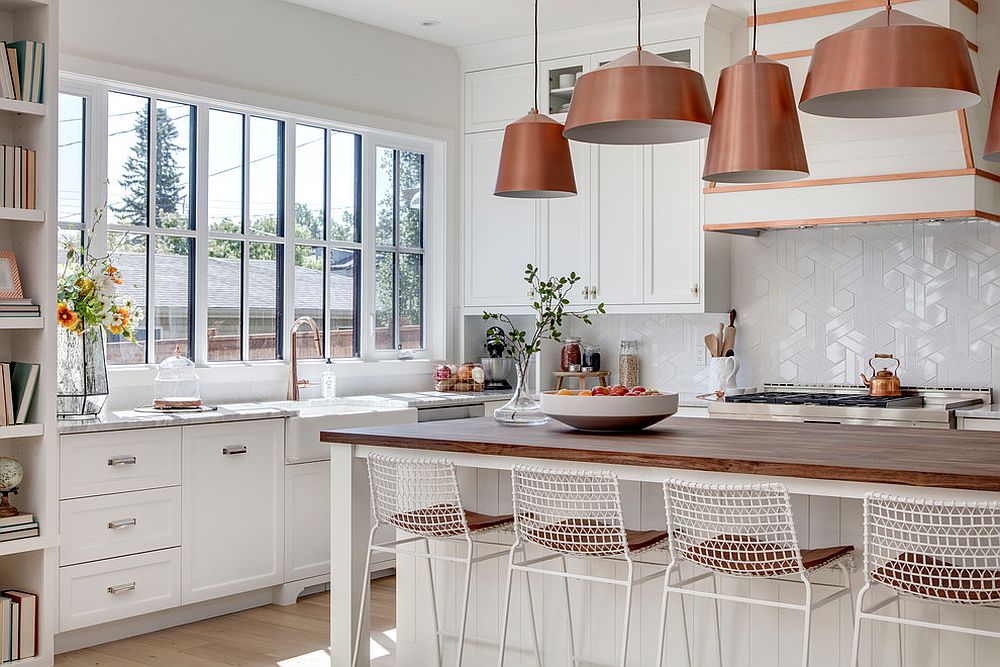 When it comes to designing your kitchen, it's not just about aesthetics and functionality. In fact, incorporating the principles of feng shui can greatly enhance the energy and flow of your space. Feng shui is an ancient Chinese philosophy that focuses on creating balance and harmony in our surroundings. By applying feng shui principles to your kitchen design, you can create a space that not only looks good, but also feels good.
When it comes to designing your kitchen, it's not just about aesthetics and functionality. In fact, incorporating the principles of feng shui can greatly enhance the energy and flow of your space. Feng shui is an ancient Chinese philosophy that focuses on creating balance and harmony in our surroundings. By applying feng shui principles to your kitchen design, you can create a space that not only looks good, but also feels good.
The Role of the Kitchen in Feng Shui
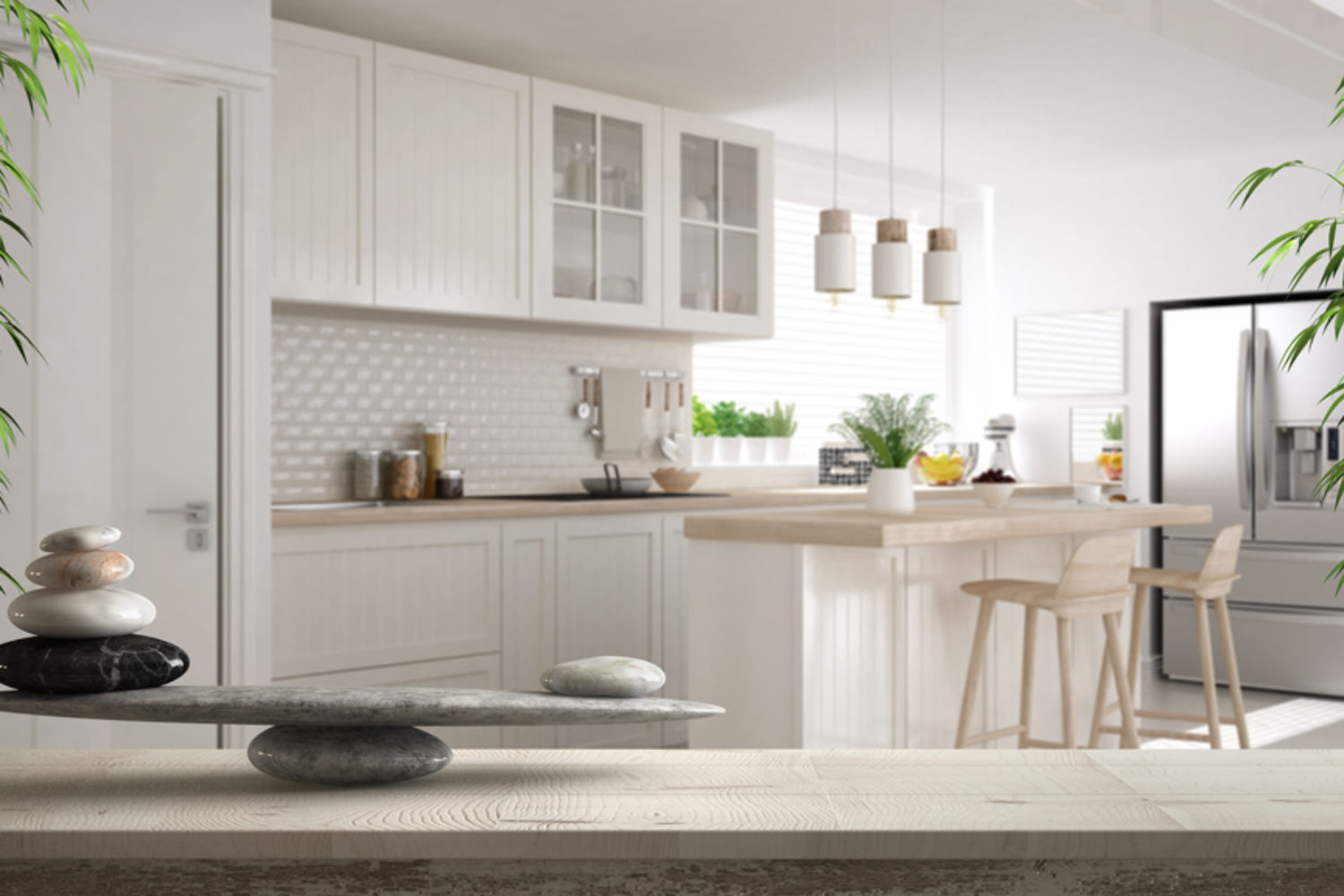 In feng shui, the kitchen is considered to be the heart of the home. It is where food, which represents nourishment and abundance, is prepared and shared with loved ones. Therefore, the energy of the kitchen is believed to greatly impact the energy of the entire household. A well-designed feng shui kitchen can bring positive energy and abundance into your home, while a poorly designed one can create disharmony and stagnation.
In feng shui, the kitchen is considered to be the heart of the home. It is where food, which represents nourishment and abundance, is prepared and shared with loved ones. Therefore, the energy of the kitchen is believed to greatly impact the energy of the entire household. A well-designed feng shui kitchen can bring positive energy and abundance into your home, while a poorly designed one can create disharmony and stagnation.
Optimizing the Layout
/AStrImg-grayK-56a2e2ee3df78cf7727af2e6.jpg) One of the main principles of feng shui is the concept of "qi", which refers to the flow of energy. In the kitchen, it is important to have a clear and unobstructed flow of qi to promote a harmonious and efficient space. To achieve this, consider the layout of your appliances and workstations. Make sure that they are positioned in a way that allows for easy movement and access to all areas.
One of the main principles of feng shui is the concept of "qi", which refers to the flow of energy. In the kitchen, it is important to have a clear and unobstructed flow of qi to promote a harmonious and efficient space. To achieve this, consider the layout of your appliances and workstations. Make sure that they are positioned in a way that allows for easy movement and access to all areas.
Choosing the Right Colors and Materials
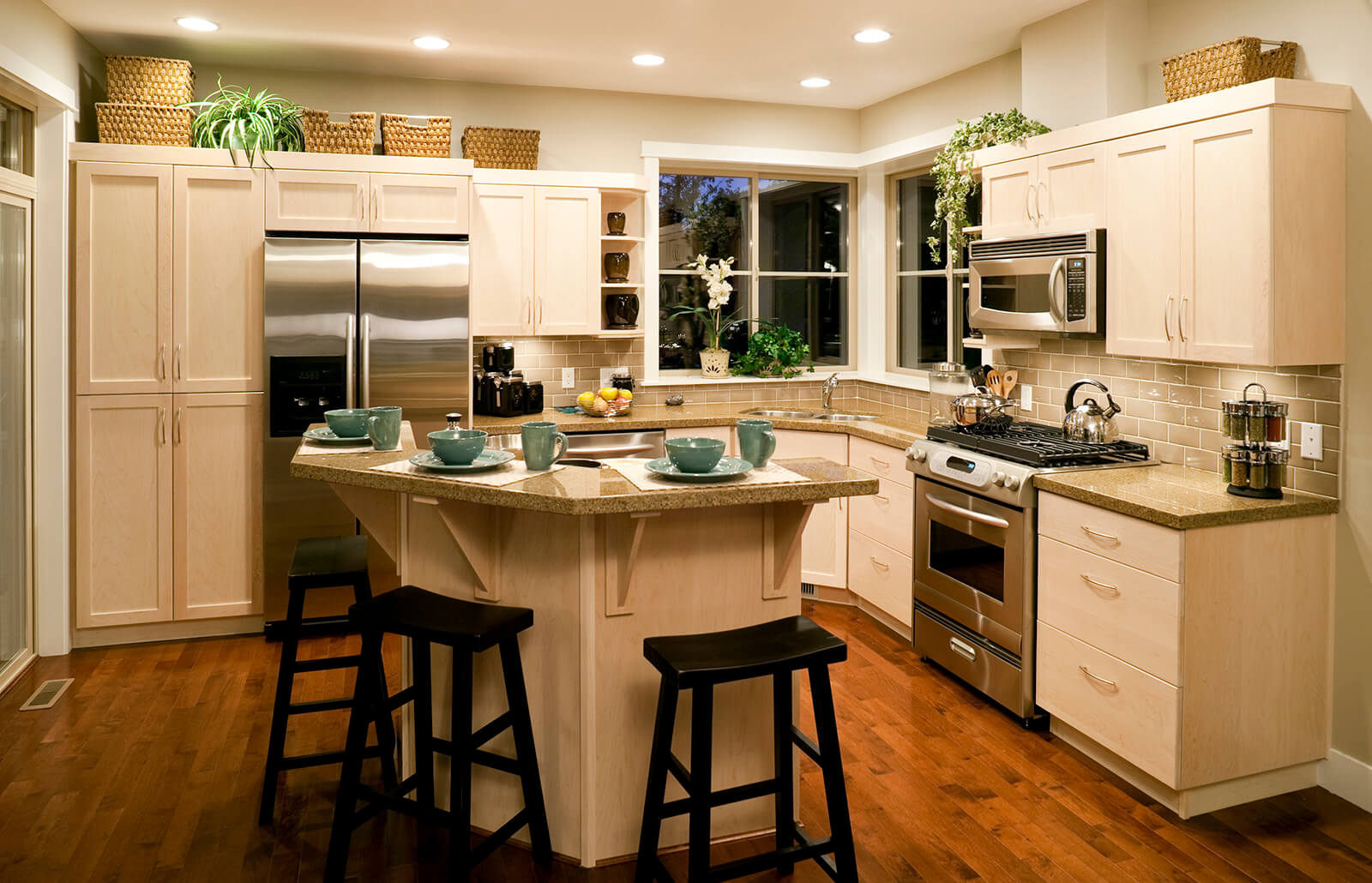 Colors play a crucial role in feng shui as they have the power to influence our emotions and energy. When it comes to your kitchen design, opt for colors that promote nourishment and balance such as earthy tones and shades of green. Avoid using too much of the color red, as it is believed to be too stimulating and can lead to overeating. In terms of materials, use natural and sustainable materials such as wood and stone to create a sense of grounding and stability.
Colors play a crucial role in feng shui as they have the power to influence our emotions and energy. When it comes to your kitchen design, opt for colors that promote nourishment and balance such as earthy tones and shades of green. Avoid using too much of the color red, as it is believed to be too stimulating and can lead to overeating. In terms of materials, use natural and sustainable materials such as wood and stone to create a sense of grounding and stability.
Keeping Clutter at Bay
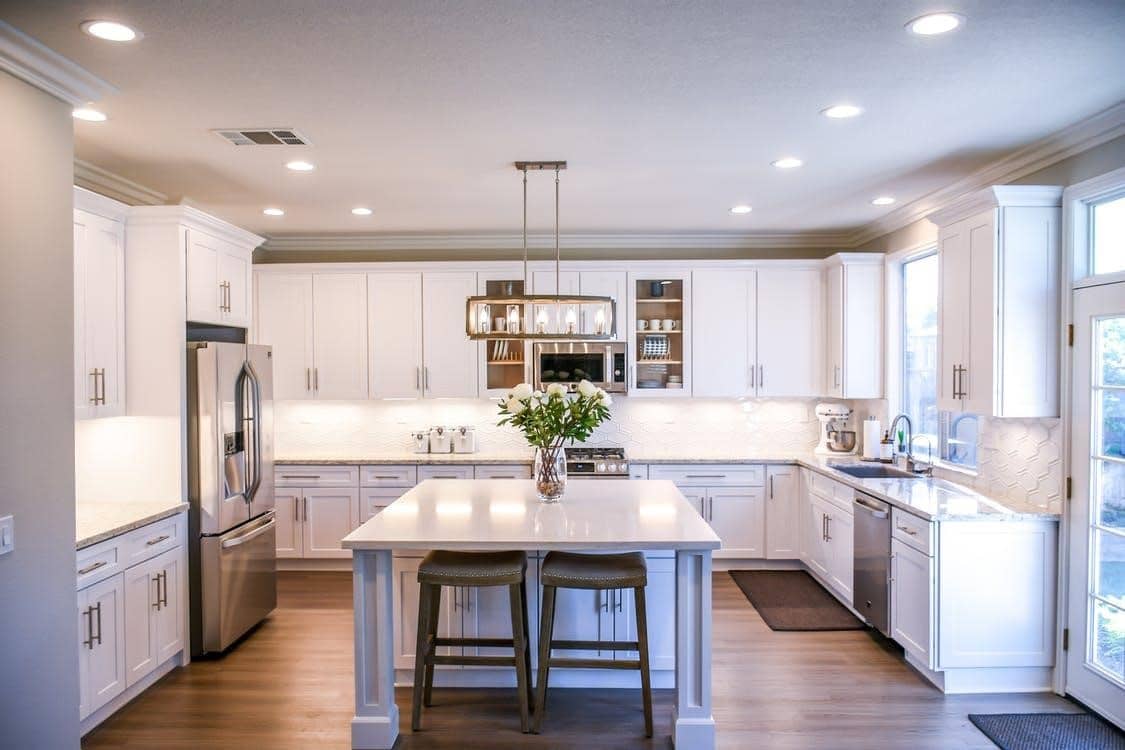 In feng shui, clutter is considered to be a major obstacle to the flow of qi. A cluttered and disorganized kitchen can create a sense of chaos and hinder the positive energy in the space. To counter this, make sure to keep your kitchen clean and clutter-free. Utilize storage solutions to keep countertops and cabinets organized and clear of unnecessary items.
In feng shui, clutter is considered to be a major obstacle to the flow of qi. A cluttered and disorganized kitchen can create a sense of chaos and hinder the positive energy in the space. To counter this, make sure to keep your kitchen clean and clutter-free. Utilize storage solutions to keep countertops and cabinets organized and clear of unnecessary items.
Bringing in Natural Light
 Natural light is an important element in feng shui as it represents vitality and positive energy. When designing your kitchen, try to maximize natural light by incorporating large windows or skylights. If natural light is limited, use artificial lighting that mimics natural light to maintain a positive and vibrant energy in the space.
Natural light is an important element in feng shui as it represents vitality and positive energy. When designing your kitchen, try to maximize natural light by incorporating large windows or skylights. If natural light is limited, use artificial lighting that mimics natural light to maintain a positive and vibrant energy in the space.
In Conclusion
 Incorporating feng shui principles into your kitchen design can greatly enhance the energy and flow of your space. By creating a balanced and harmonious environment, you not only improve the functionality of your kitchen, but also promote a sense of well-being and abundance in your home. So, when planning your next kitchen remodel, don't forget to consider feng shui and reap the benefits of a truly harmonious space.
Incorporating feng shui principles into your kitchen design can greatly enhance the energy and flow of your space. By creating a balanced and harmonious environment, you not only improve the functionality of your kitchen, but also promote a sense of well-being and abundance in your home. So, when planning your next kitchen remodel, don't forget to consider feng shui and reap the benefits of a truly harmonious space.




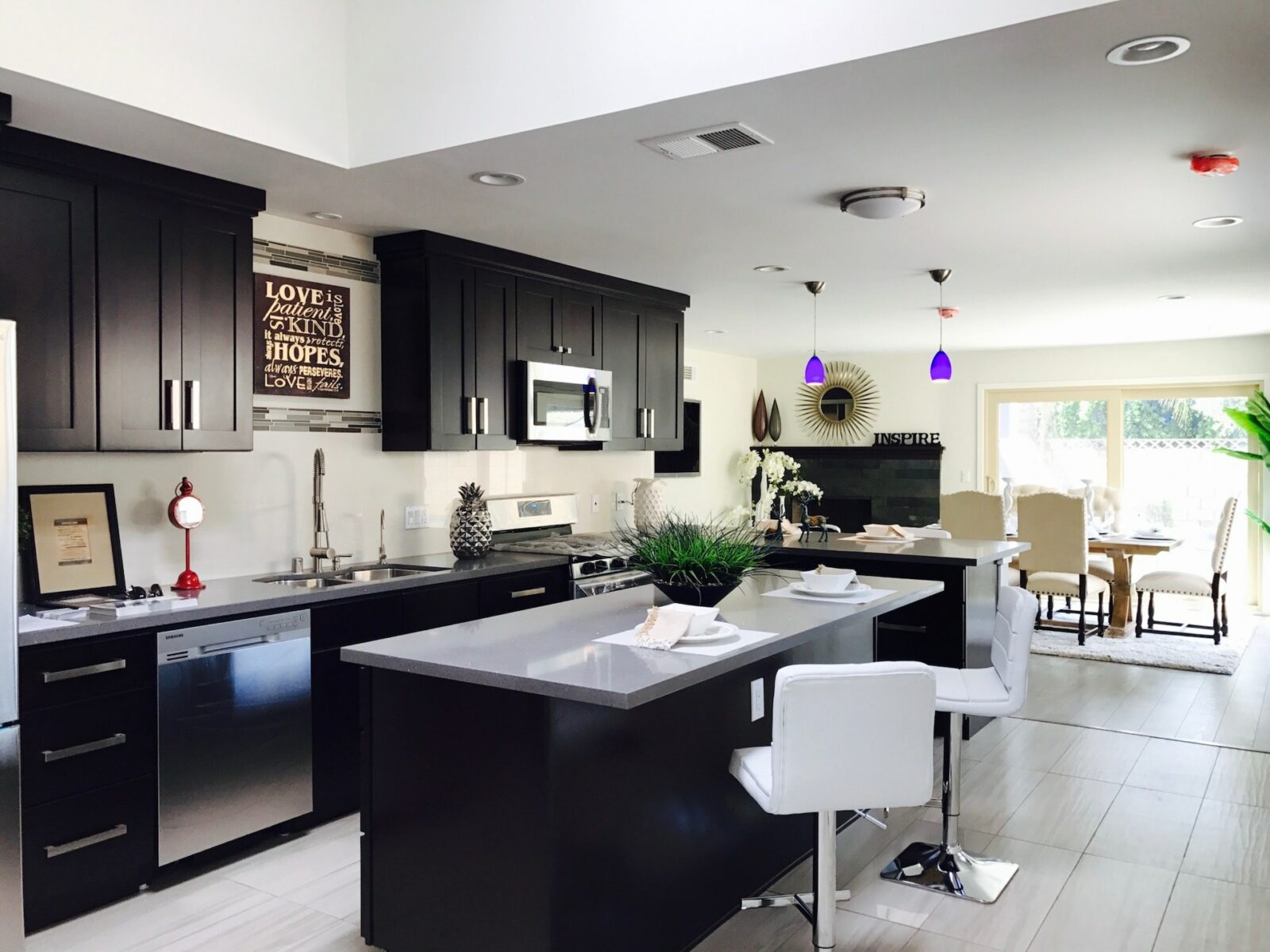
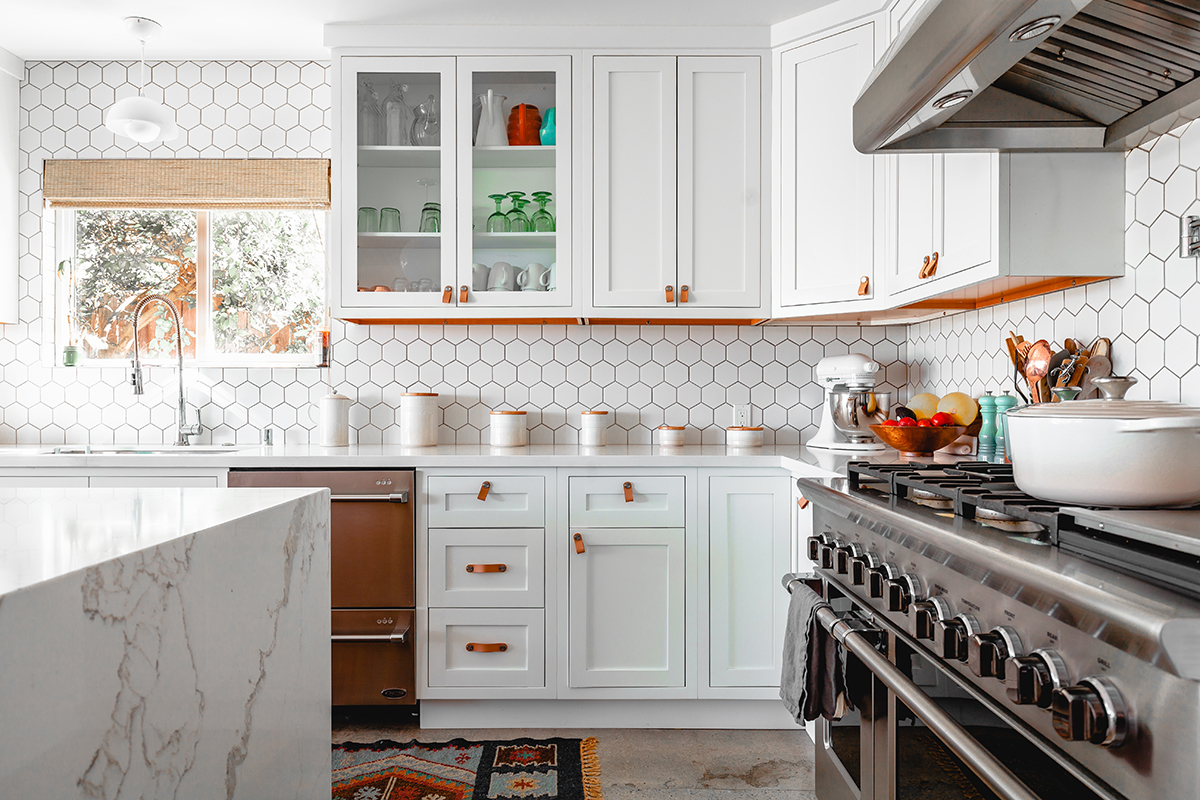
:max_bytes(150000):strip_icc()/kitchen-167449465-G1-56a02d155f9b58eba4af44a3.jpg)




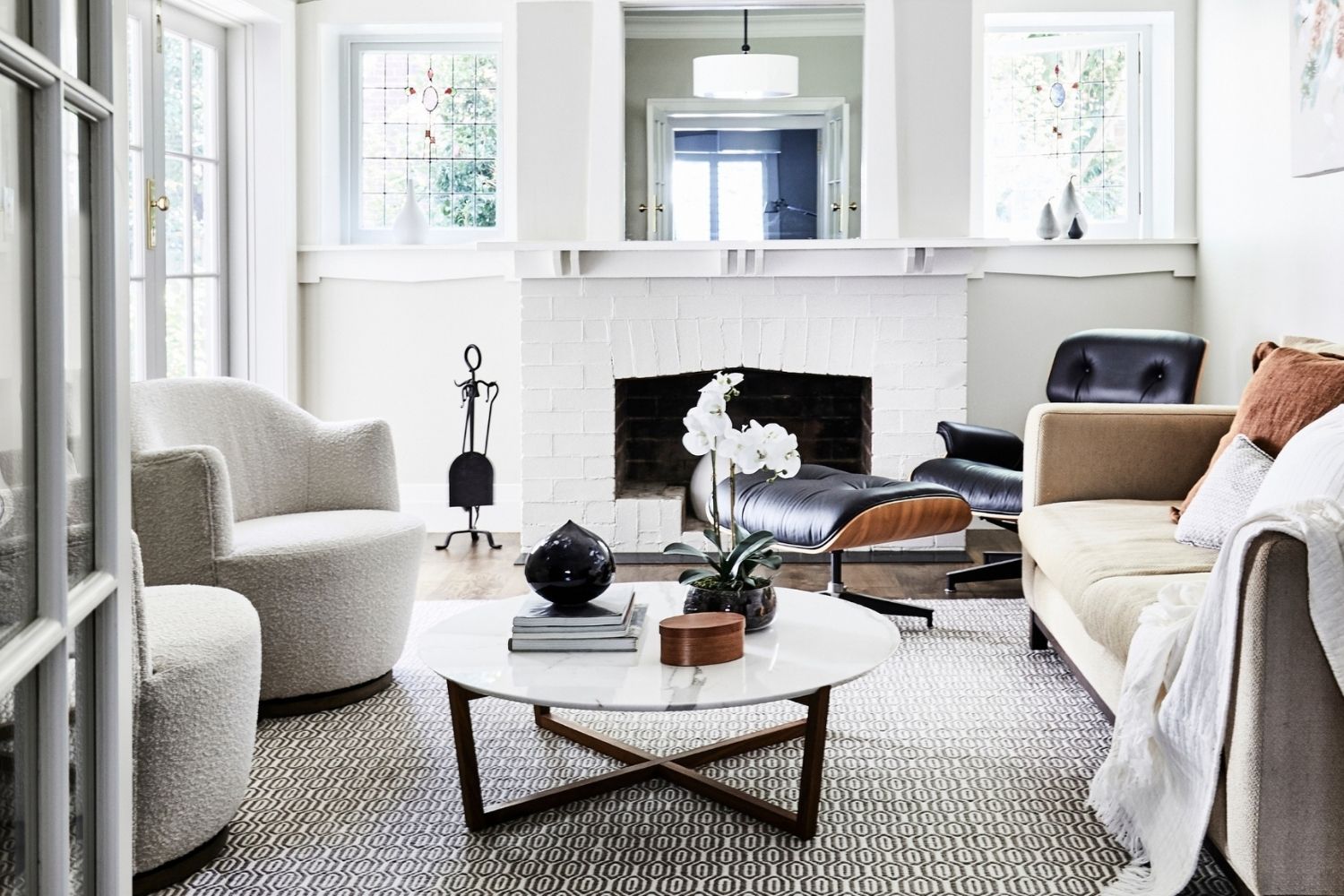



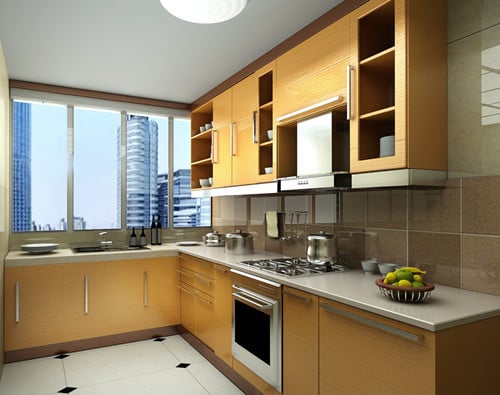

:max_bytes(150000):strip_icc()/what-is-feng-shui-1275060_V3.3-75c9cd13d1284cca80742e129b83436f.png)
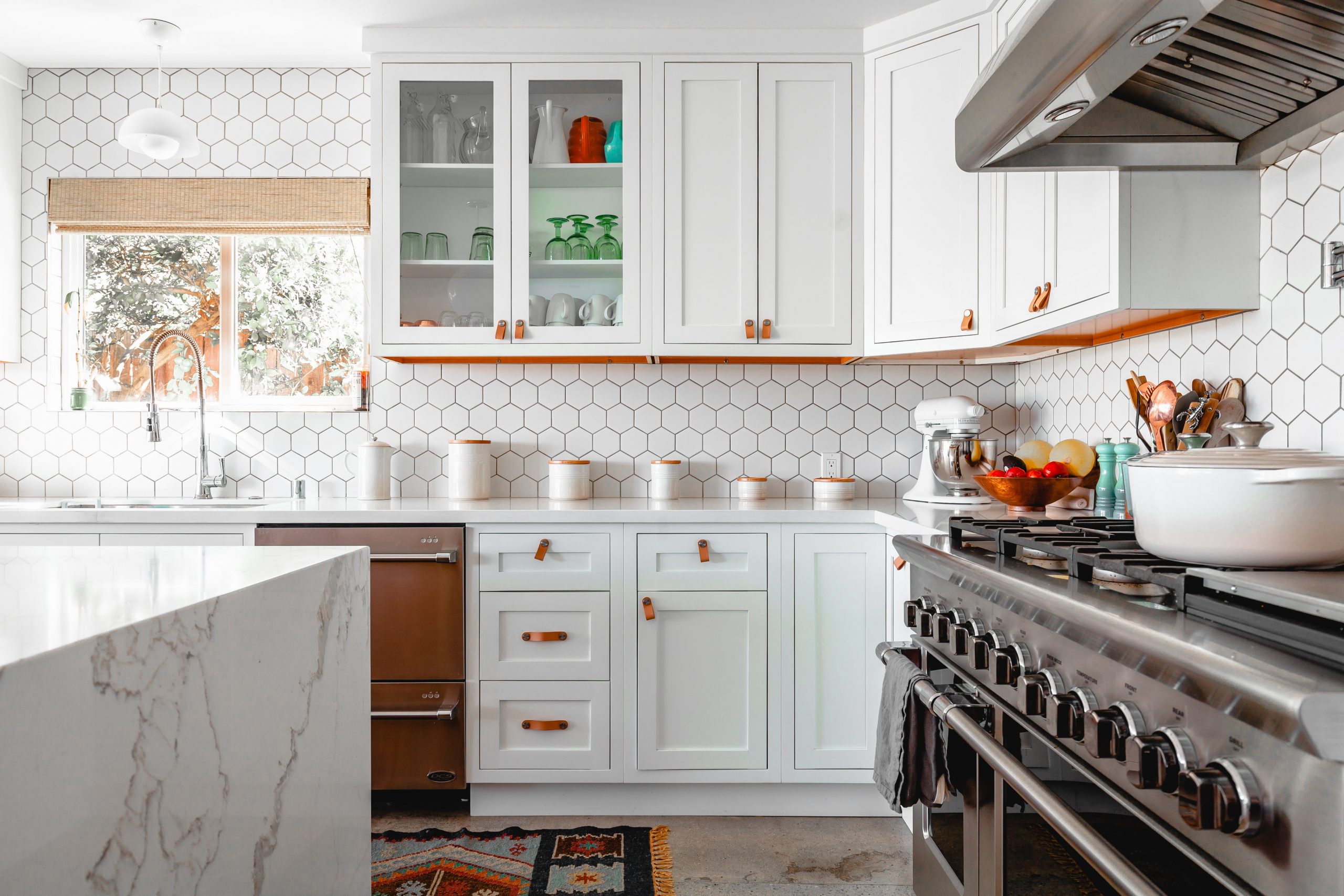




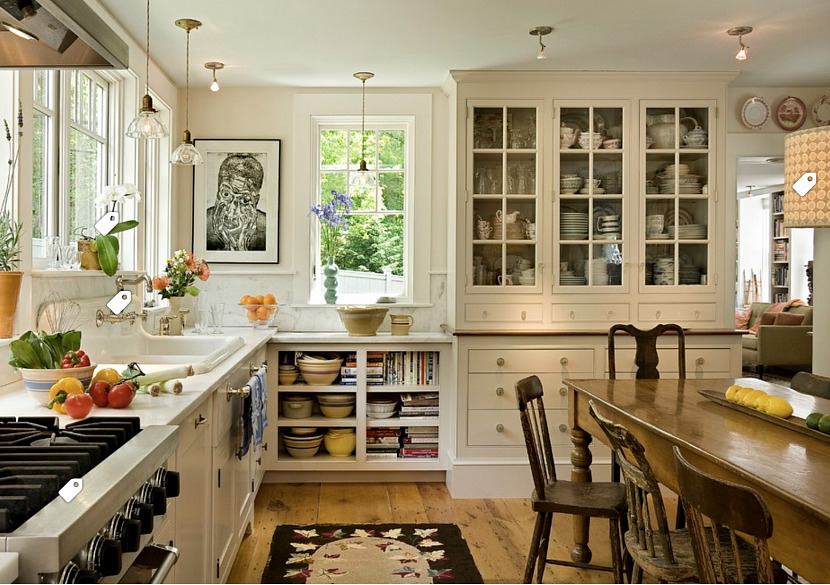
:max_bytes(150000):strip_icc()/ChrisRYangk2-56a2e2f65f9b58b7d0cf8678.jpg)

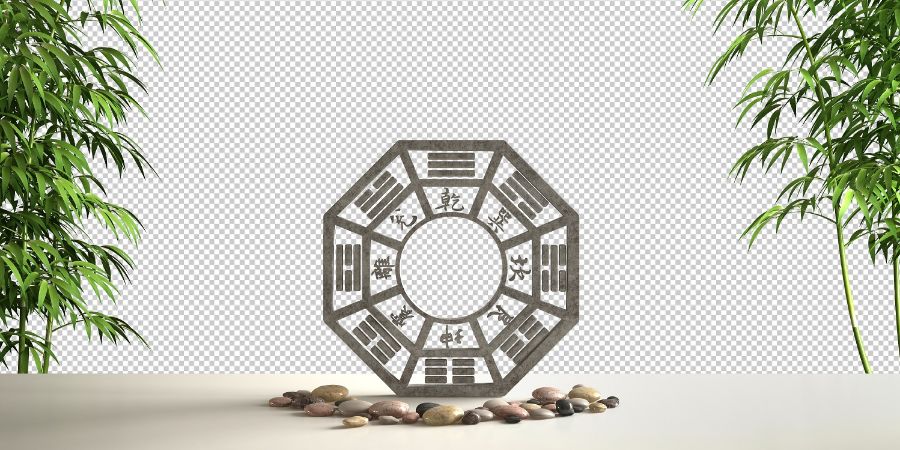

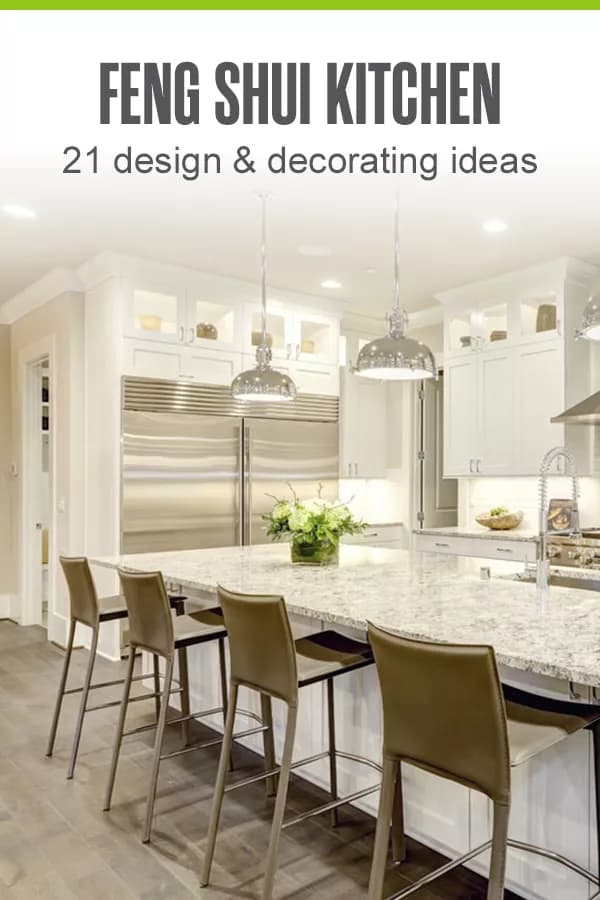

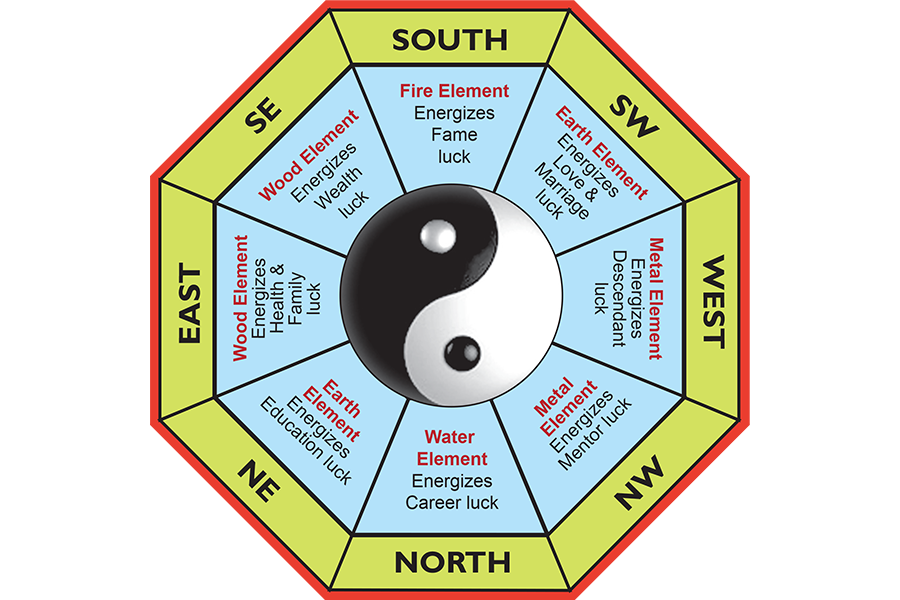



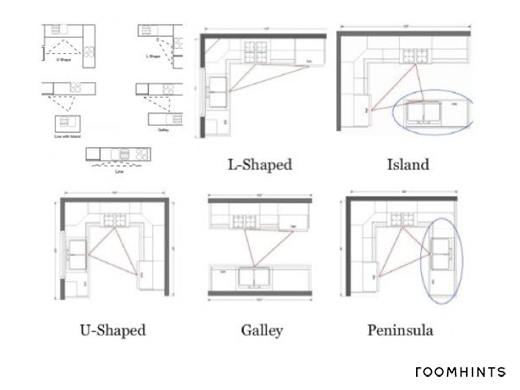

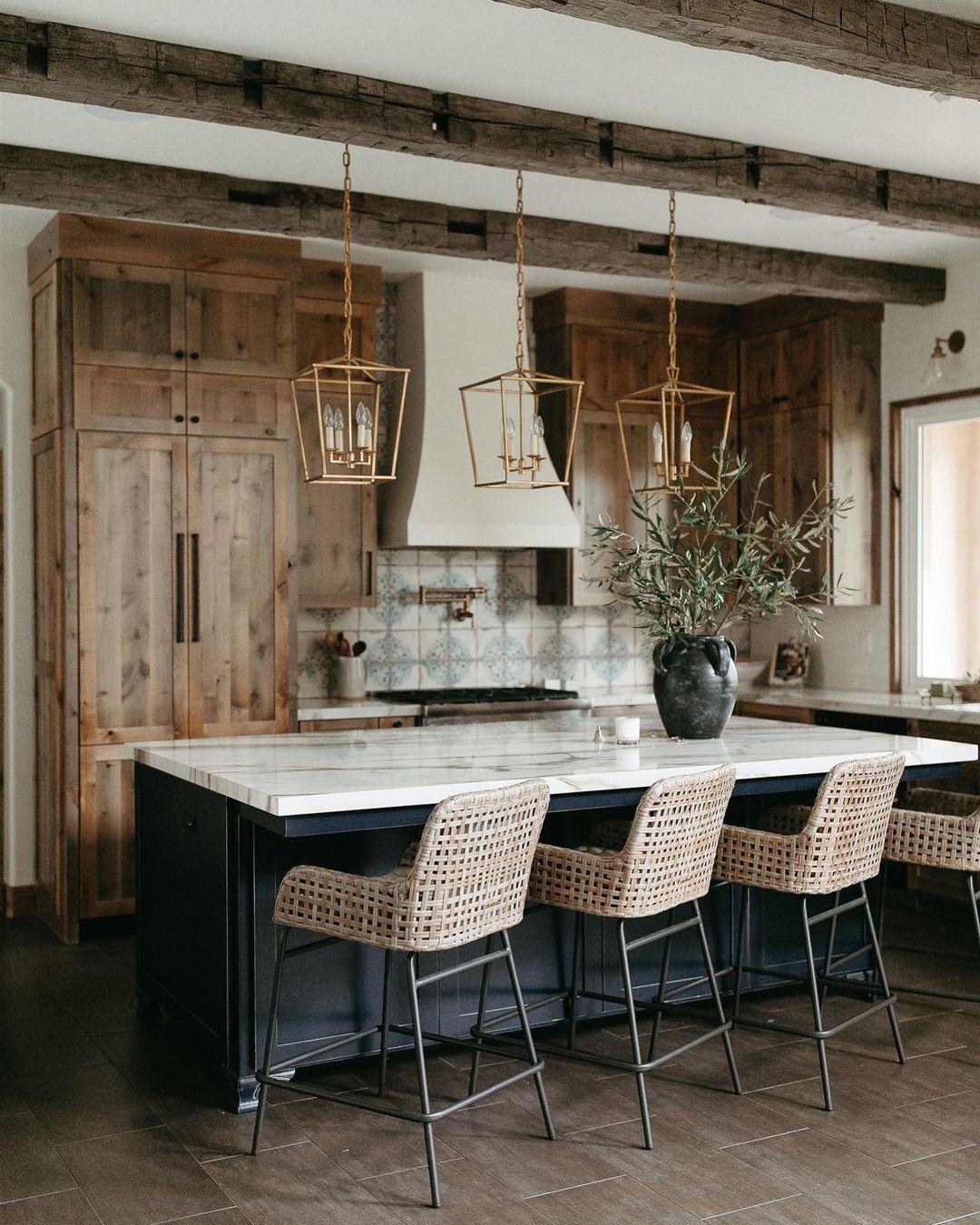



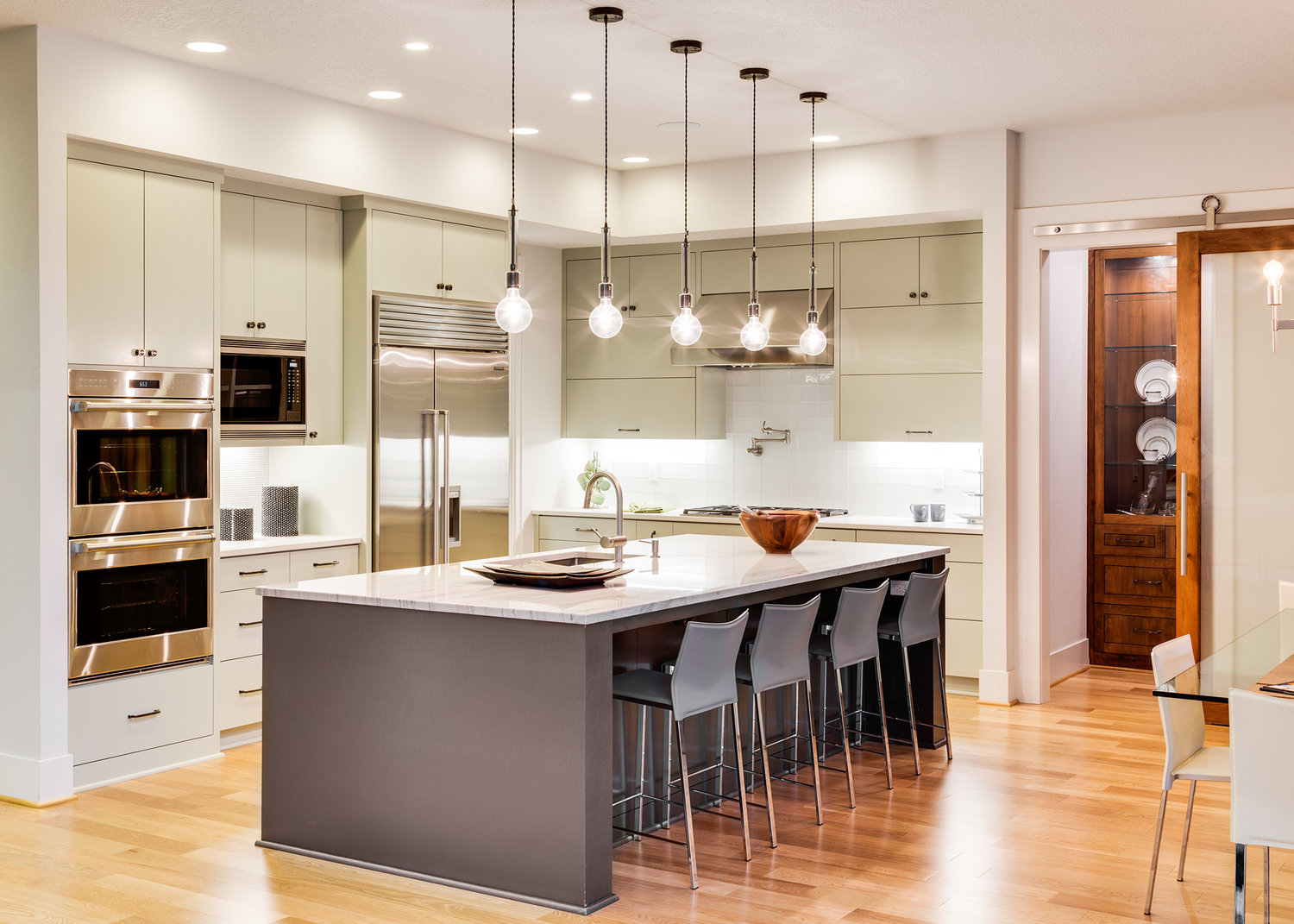






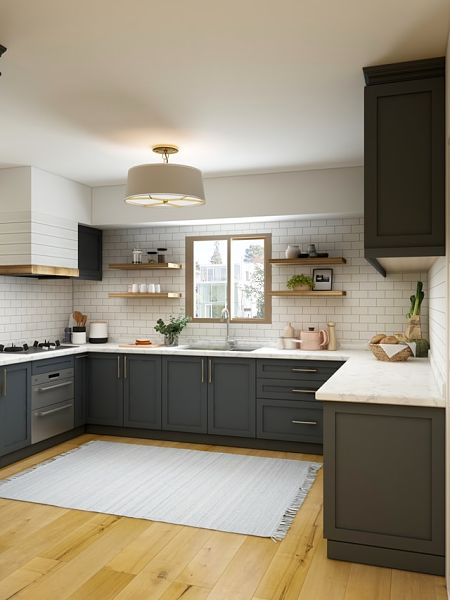
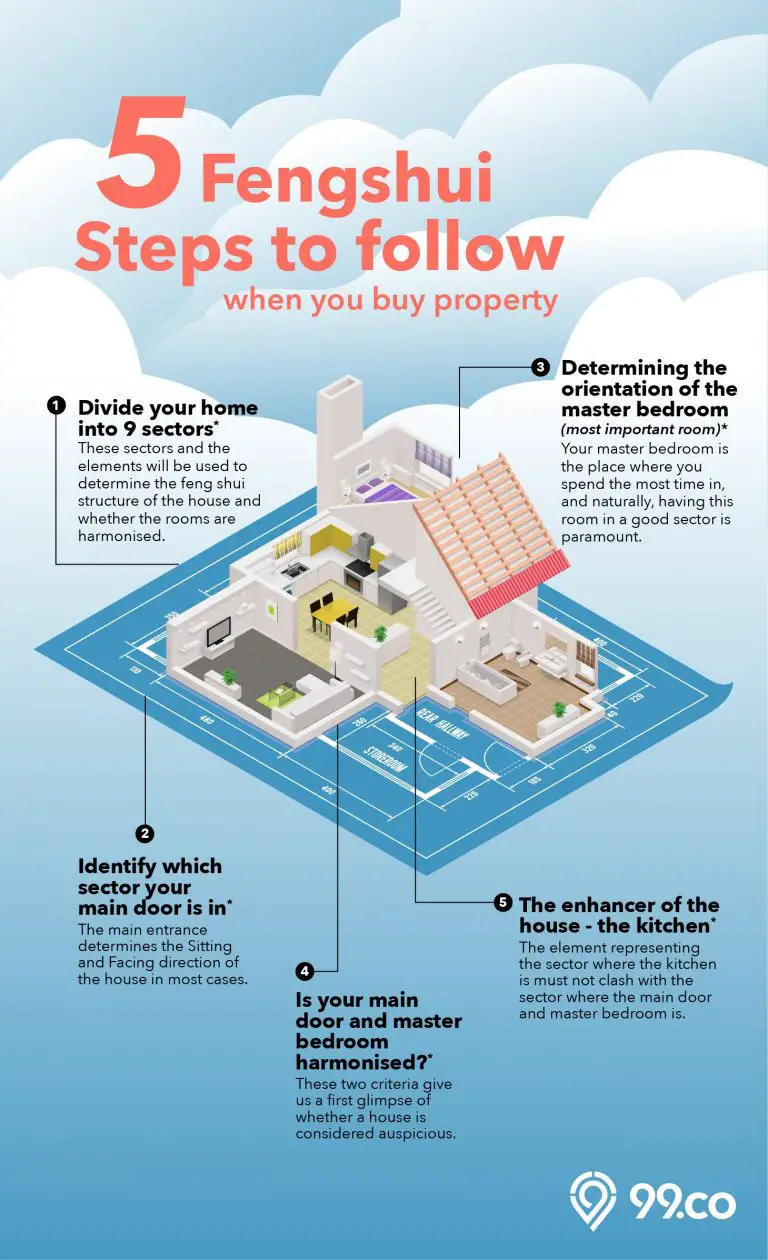

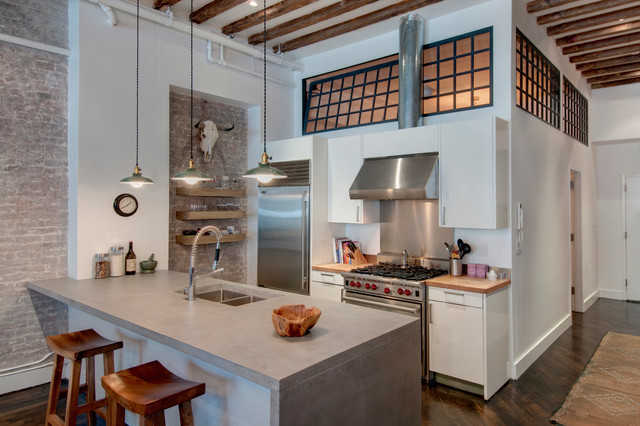
/r-architecture-TRCJ-87Yoh0-unsplash-bf44b463832b43e58f7352815d166ae4.jpg)


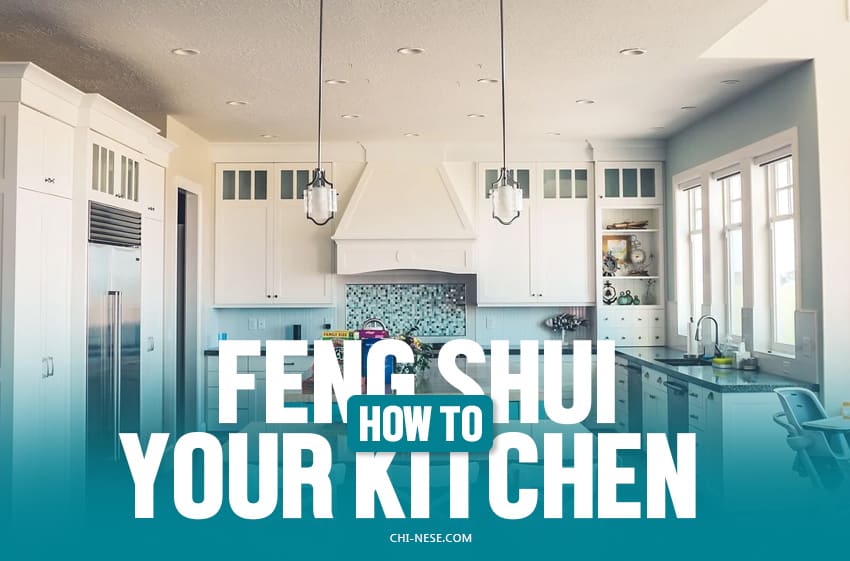





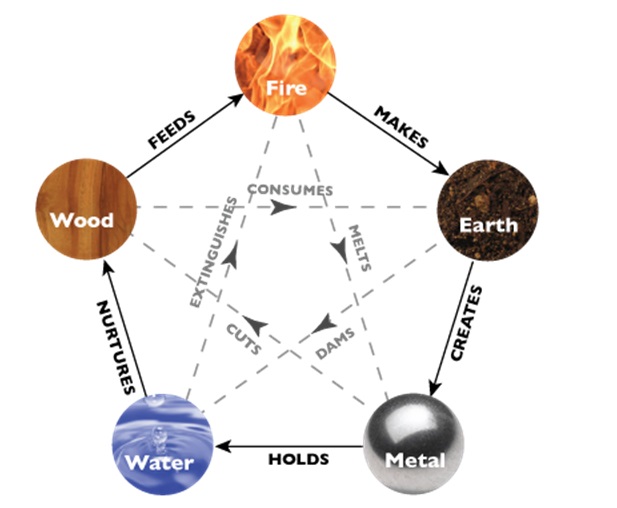

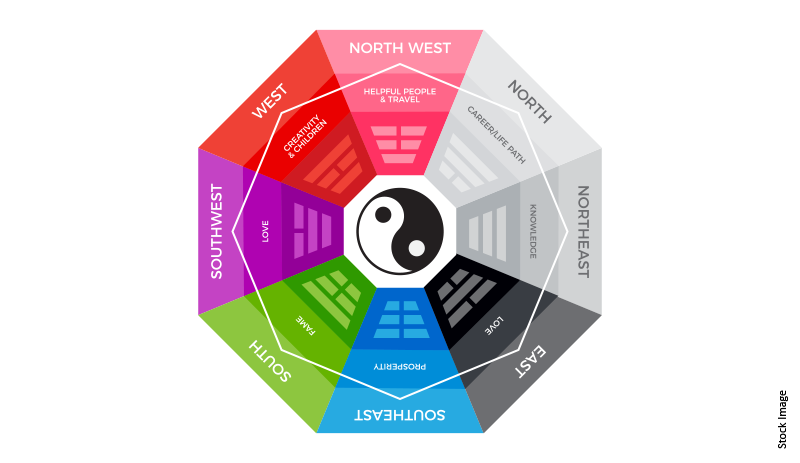






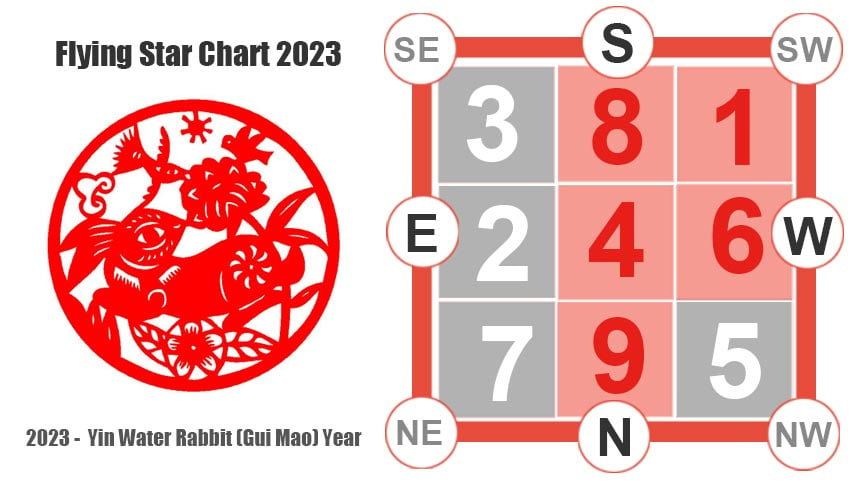



:max_bytes(150000):strip_icc()/feng-shui-collage-58b9961d5f9b58af5c66354b.png)



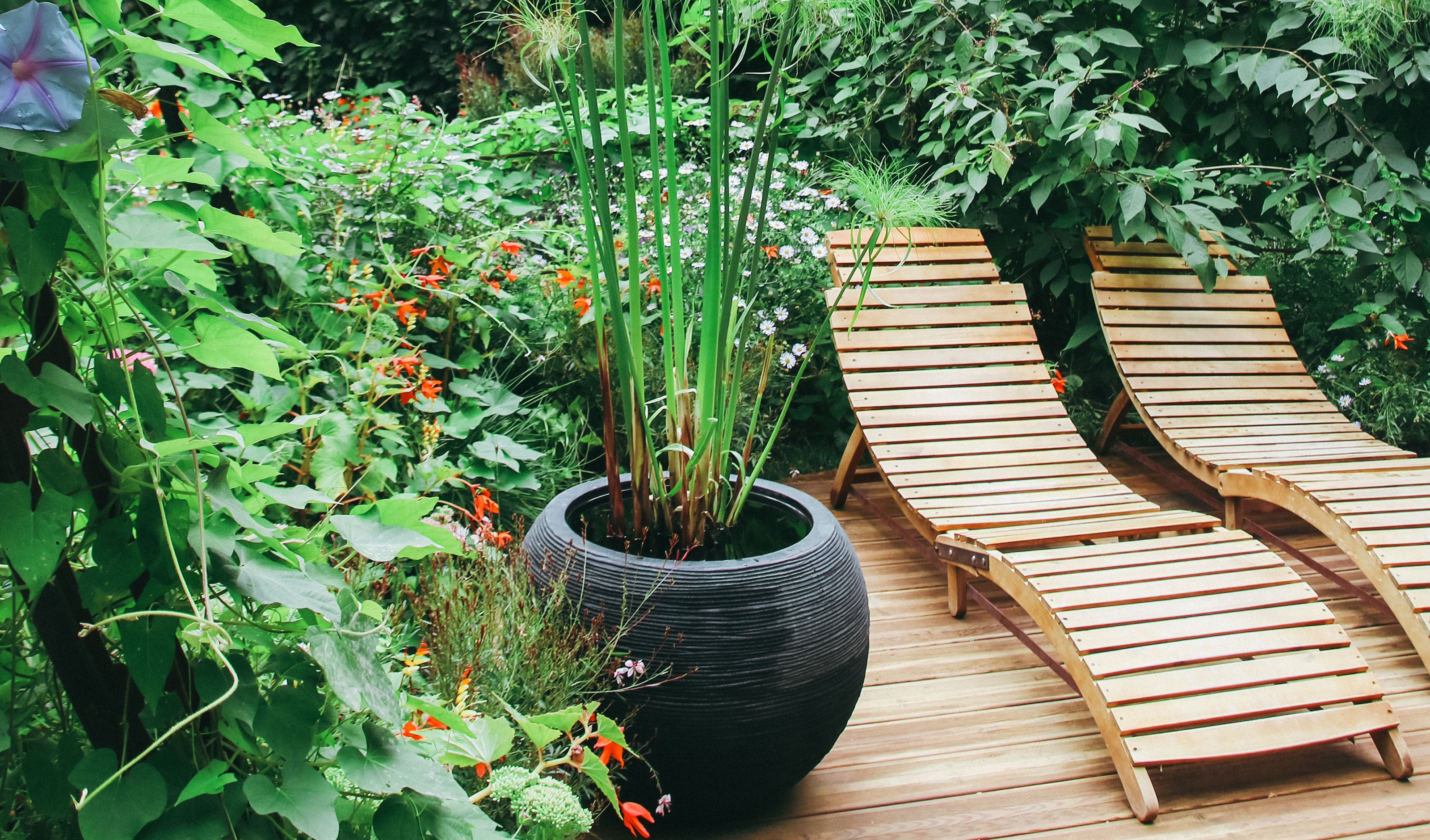
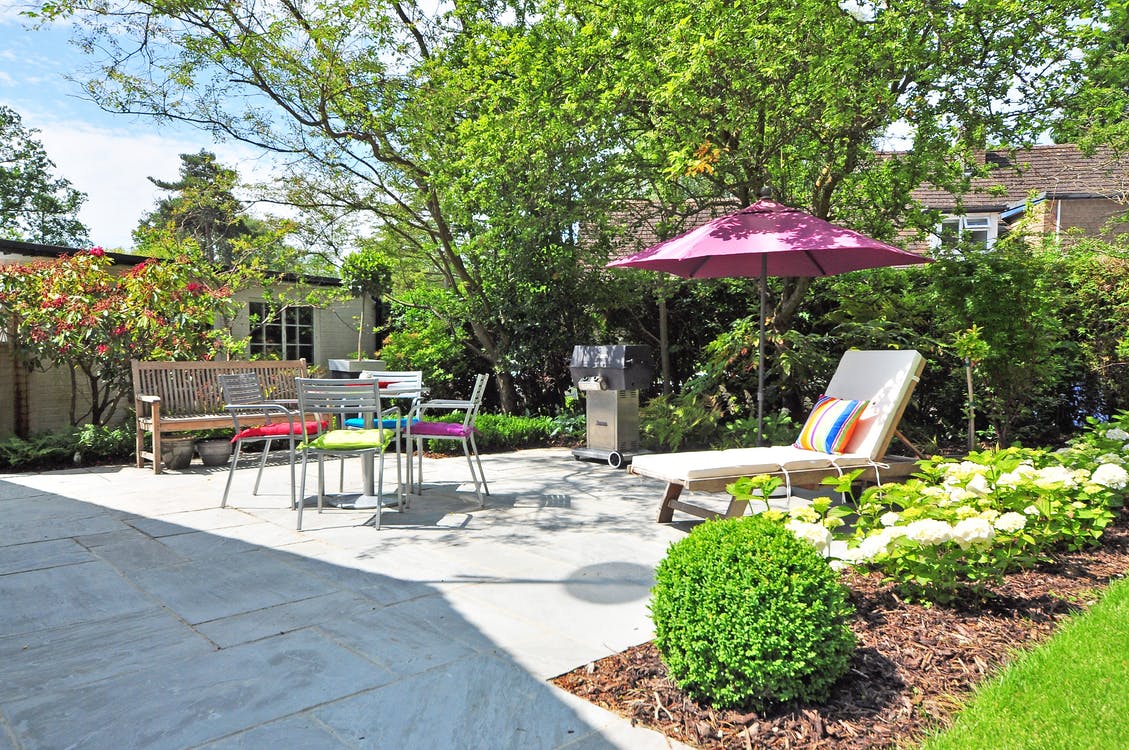
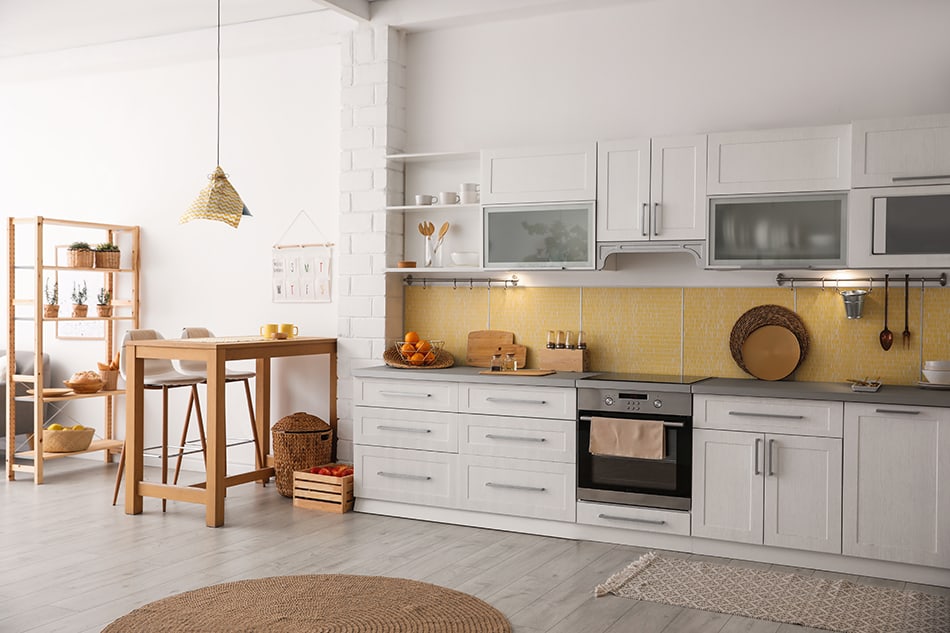




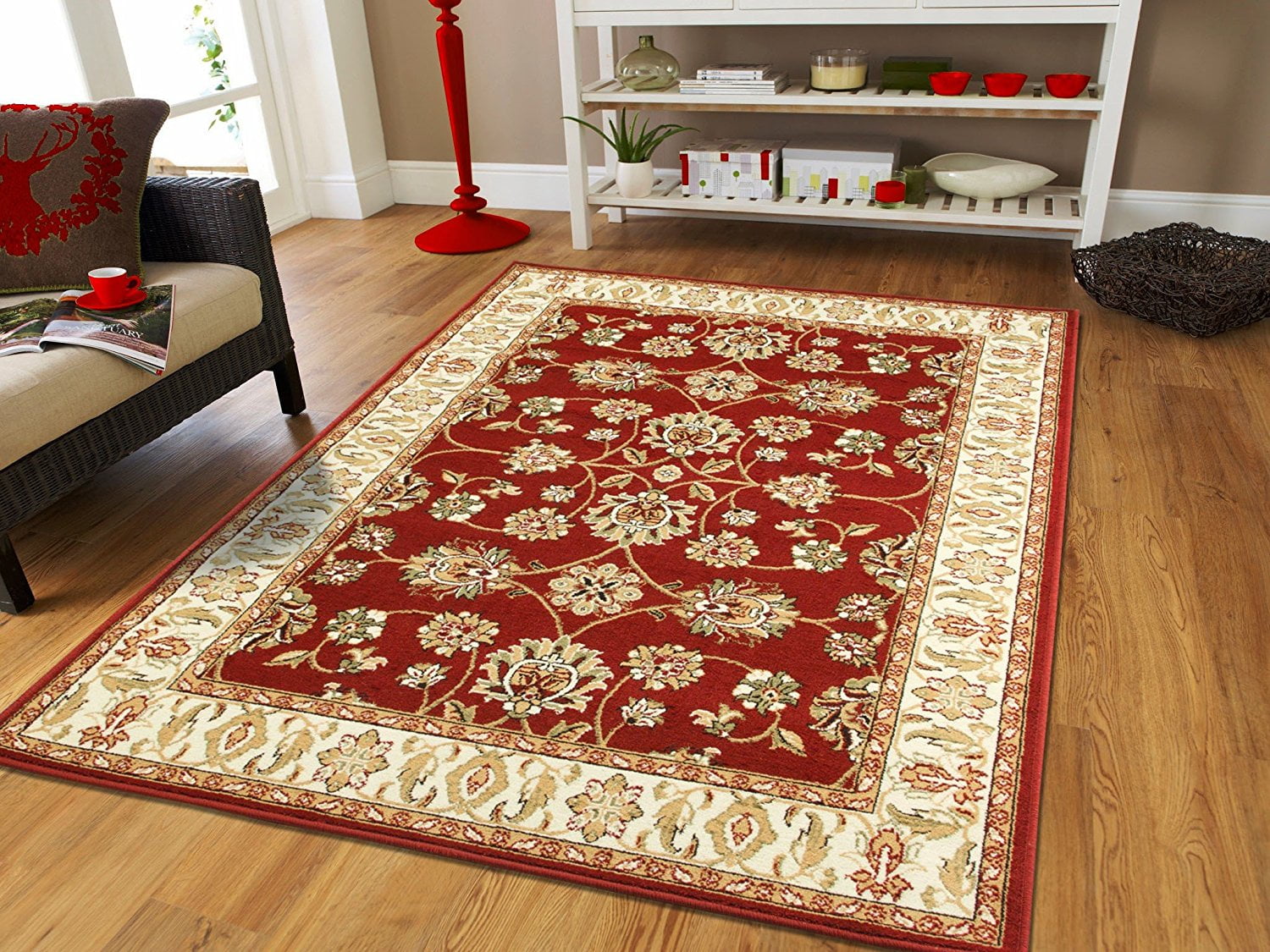




:no_upscale()/cdn.vox-cdn.com/uploads/chorus_asset/file/19495086/drain_0.jpg)
